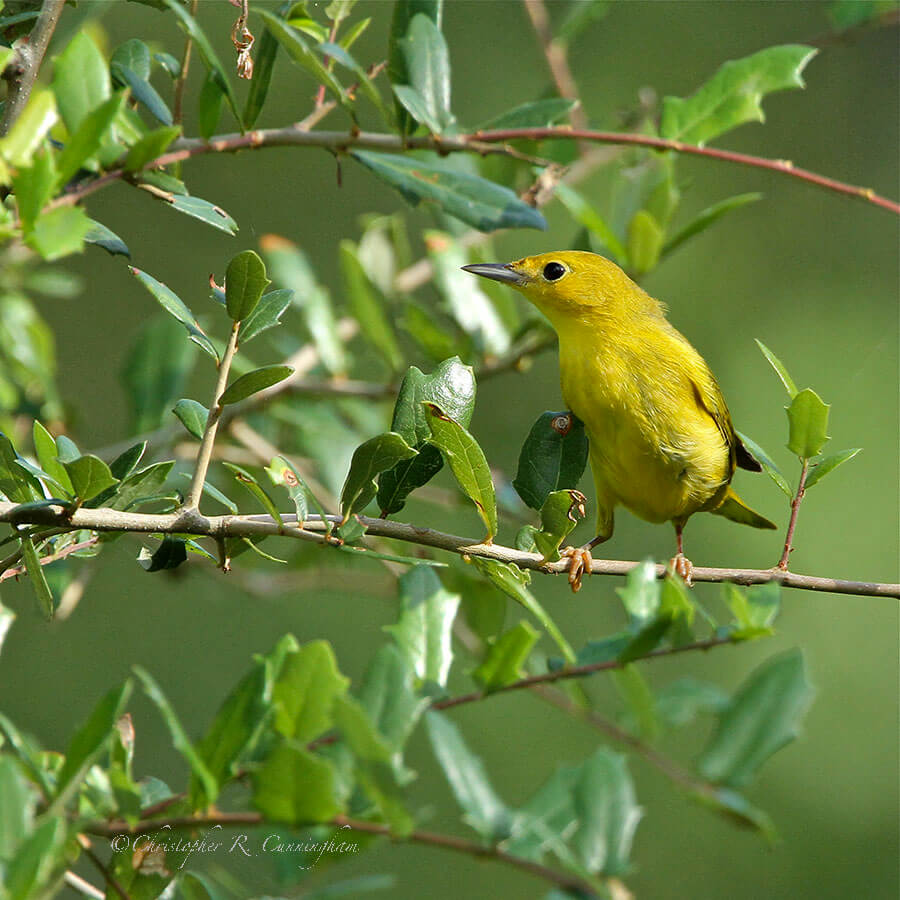Elisa and I have been out trying to catch glimpses of the early fall migrants, especially songbirds, along the Texas Gulf Coast at places like Sabine Woods, Brazos Bend State Park, and Anahuac National Wildlife Refuge (ANWR) . . . and we have been paying the price. Until the first real norther arrives, the heat, humidity, and bugs rule. It makes sense that the larger the number of insects, the larger the number of migratory insectivorous songbirds that one would find at any given locale along the Texas Gulf Coast. This is the general pattern that we have observed: Brazos Bend is generally the least buggy (almost anomalously so) of any of the major birding spots we frequent, and we see the fewest insectivorous songbirds there. Of course, Brazos Bend is farther from the coast than the other localities, so it not a migrant trap. But Brazos Bend has so few flying insects, biting and otherwise, that it has caused me speculate about the cause(s). There is plenty of standing water for mosquito reproduction, but there are also large numbers of deer in the park, and large ungulate populations have been shown to negatively impact songbird populations due to grazing on insect and bird food plants (reference Aldo Leopold). On the other hand, the bugs at Sabine Woods and ANWR can be brutal. Today at ANWR (Skillern Tract) the deer flies and mosquitos literally chased us out of the marsh! Bugs are food for birds and food for thought.

